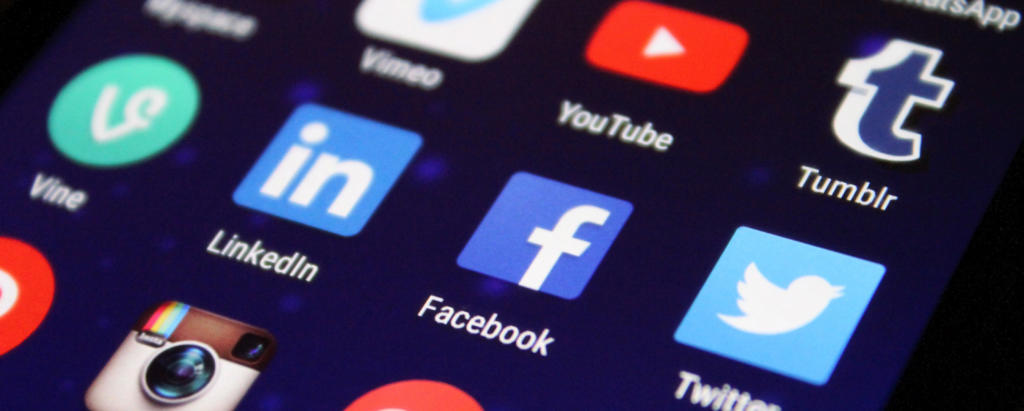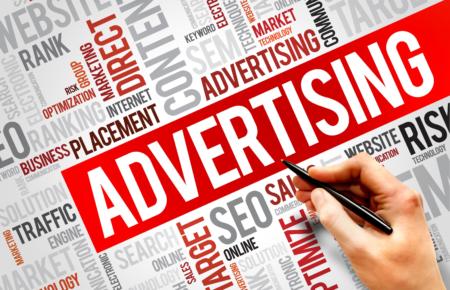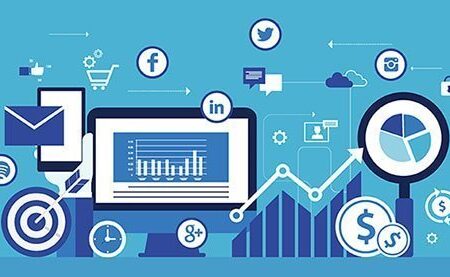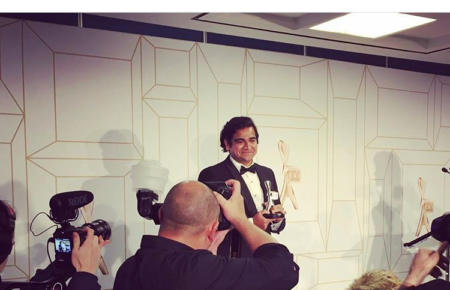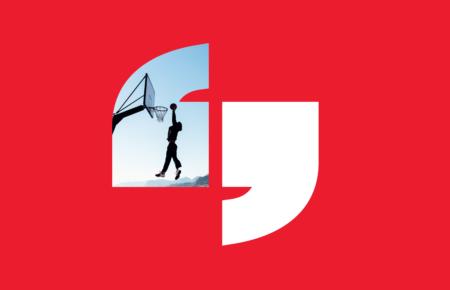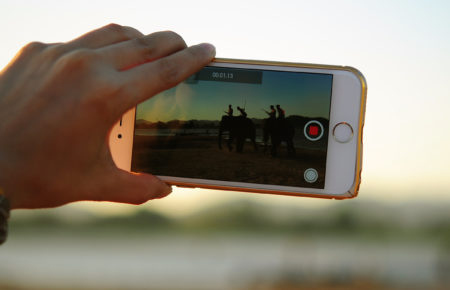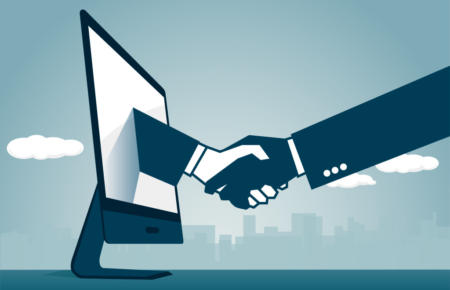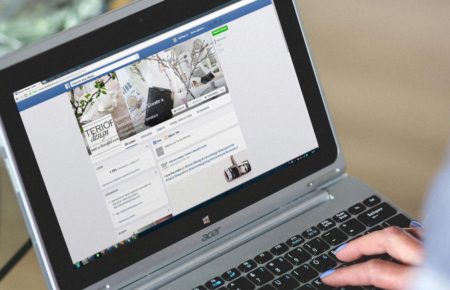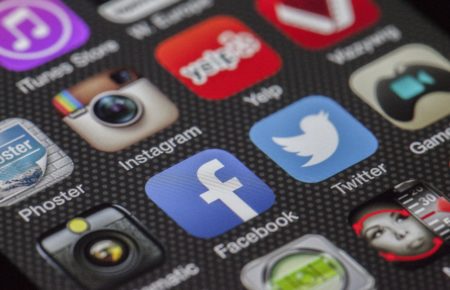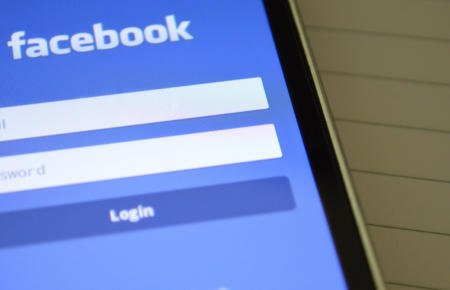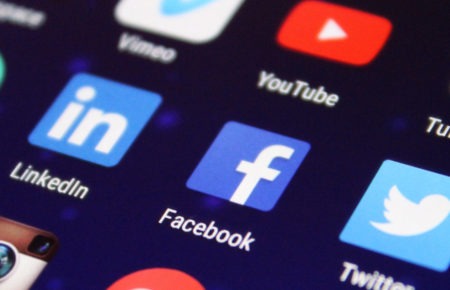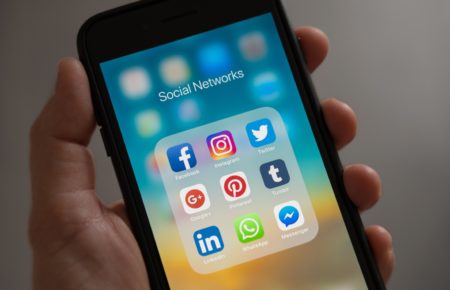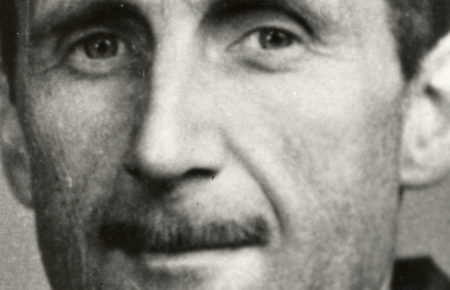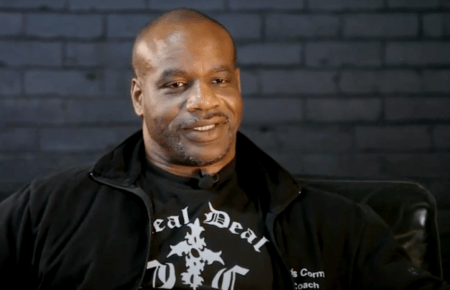If you want people to pay in the future, your free thing has to be really good: LinkedIn, Spotify and the freemium model.
You know what I find strange? That the freemium model of business — that is, you get a base level of something for free and you can pay for a better version of it — seems to be built around the idea that ads are terrible and nobody wants them.
So, on Spotify’s free service, you’ll get barraged with ads in between songs, including in-house ads that say things like ‘Isn’t life so much better without ads?’ Yes, I agree Spotify, it is.
But don’t the clients for these ad-supported services get annoyed that their audiences are constantly being told to upgrade so they don’t have to endure ads? You have to wonder.
Perhaps it’s more accurate to say that, in the freemium model, the free version in general is deliberately hobbled in some way.
After all, while ads are the way many freemium services pay for the ‘free’ part, sometimes it’s additional features are the lure.
This is the case with LinkedIn.
Now, I have to assume that part of LinkedIn’s strategy is to make its base model functionality really annoying so you upgrade. However, at $55 per month, I’m not yet in a financial position to find out if that’s the case, so I’m just speculating.
(By the way, are they kidding with that price? That’s what you pay for Adobe CC.)
Considering Facebook is free and LinkedIn isn’t, let’s do a little comparison in terms of UX.
Free LinkedIn vs. Free Facebook
Despite being free, there are basic things that Facebook gets right that LinkedIn doesn’t seem able to. For example:
- Notifications opening in a new page, instead of a floating panel. This means that if you want to check your notifications, you have to leave your place in the newsfeed or open them up in a new tab.
- Tagging. Uniformly, tagging sucks on LinkedIn. Nine times out of ten, if I type @ and then the name of the company or individual I want, it either won’t provide me a list of the correct accounts or nothing will happen at all.
- Data on sharing. Did you know you can share posts on LinkedIn, just like on Facebook? Have you ever been notified directly of this? Probably not. It’s even worse if you have a business account.
- The way articles display. That is, not at all. Wouldn’t it be great if all the articles (formerly ‘Pulses’) that LinkedIn’s users create existed on an easy-to-find main page, much like Medium’s home page? You’d be able to see which articles are getting people talking, what’s been recently published and it would give less-popular users a platform to generate some reach outside of our own networks. This would be one big way LinkedIn could really differentiate itself from other social networks, beyond just it being ‘the Facebook for professionals’.
- Groups are even worse. On Facebook, posts from your groups will show up in your feed, so you can see what the conversations are. On LinkedIn, good luck even finding where your groups live. Discussions from them don’t appear in your timeline, meaning there’s little engagement with posts and you rarely get notified about them beyond a weekly email.
So, are these just bugs or has LinkedIn made the platform worse for free users?
Make your free thing good
The irony is, if I was sure of a better service/UX with an upgrade, I might consider it. None of this is to denigrate LinkedIn. On the contrary, I enjoy LinkedIn for its business insights, connections and general no-nonsense communication (at least compared to Facebook, people are relatively polite). It’s just that when they can’t seem to get the basics of a social network right — or how people actually use social networks these days (i.e. mobile-first) — it doesn’t inspire confidence in me to upgrade.
This brings me, in a roundabout way, to my actual point: if you want people to pay for something later, you have to make the free thing really good first.
The reason, perhaps, we’ll put up with ads on free Spotify is that the base model is actually a really good and valuable service if you’re a big music fan. And if you do upgrade, you’ve likely done so because you recognise that Spotify Premium is what you already like but better.
Similarly, whether you choose to upgrade on LinkedIn or not depends to some extent on how good the base platform is (you know I love you, LinkedIn, I’m just foolin’).
All this applies to social media marketing too. If all you give your followers for free is sales-speak and ads, they’re not going to want to click through to your website. Or buy your product. Or sign up for your newsletter. They’re not going to want to join your premium closed group that costs $10 a month — Unless you’ve shown them value in what you’re giving away.
This is where content creation — good content creation — beyond just advertising and marketing can really help your business. This isn’t a new idea either. It goes all the way back to pre-digital media.
Adding value, adding customers
My publishing hero is William M. Gaines, who published Mad Magazine without ads for 44 years. And when he finally had to succumb to market forces and put ads in the magazine in 2001, people largely accepted it because the audience knew that Mad Magazine had great content.
So don’t think of a great thing, then deliberately make it less good just to charge money. That’s just gross — not to mention uncreative. Plus, it most likely won’t work. At least not in the long term.
You have to demonstrate that you can deliver what you’re offering by making your free offering great. Then find a way to augment and add value to it so that your built-in audience of fans and followers will want to pay for that access, that product or that service. (Podcasts do this really well, by the way.)
If you can show people through quality free content why your business is worth investing in, before long you’ll have some very loyal customers.
If you want help with your social media content creation and management, get in touch today.
